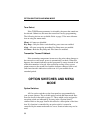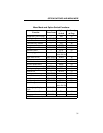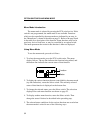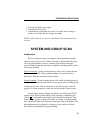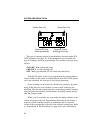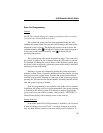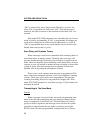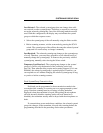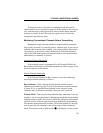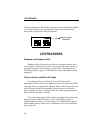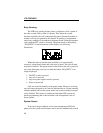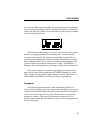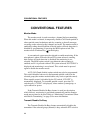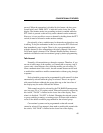
LTR AND CONVENTIONAL MODES
38
LTR AND CONVENTIONAL MODES
General
Each selectable system can be programmed for LTR or conventional
operation by your system operator. The type or types of operation that are
programmed in your transceiver are determined by the type of radio
equipment being used in your radio system. The differences in operation
are described in the following information and elsewhere in this manual
as required.
LTR Operation
The LTR mode provides automatic channel selection (trunking) and
monitoring before transmitting. In addition, special tones and display
messages indicate busy and out-of-range conditions. Selecting a system
selects a collection of groups and other information such as fixed priority
receive ID codes. Selecting a group selects a transmit and receive ID code
and other information which controls the mobile or mobiles being called
and what calls are received. LTR features are described starting on
page 40.
Conventional Operation
In the conventional mode, selecting a system selects a collection of
channels and other information unique to those channels. Selecting a
group selects the specific channel and also squelch coding (if any) used
on that channel. Conventional features are described starting on page 44.
There are no tones or messages to indicate busy or out-of-range
conditions in this mode. A busy channel (group) is detected manually or
automatically as described in the following information. An out-of-range
condition cannot be detected automatically but may exist if you cannot
get a response to any of your messages. Refer to “Operation At Extended
Range” on page 54 for more information.



